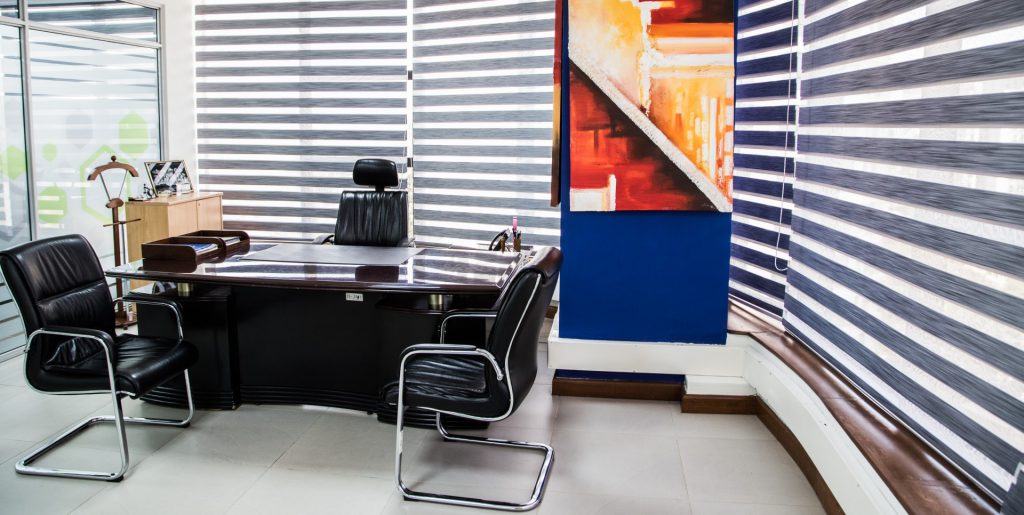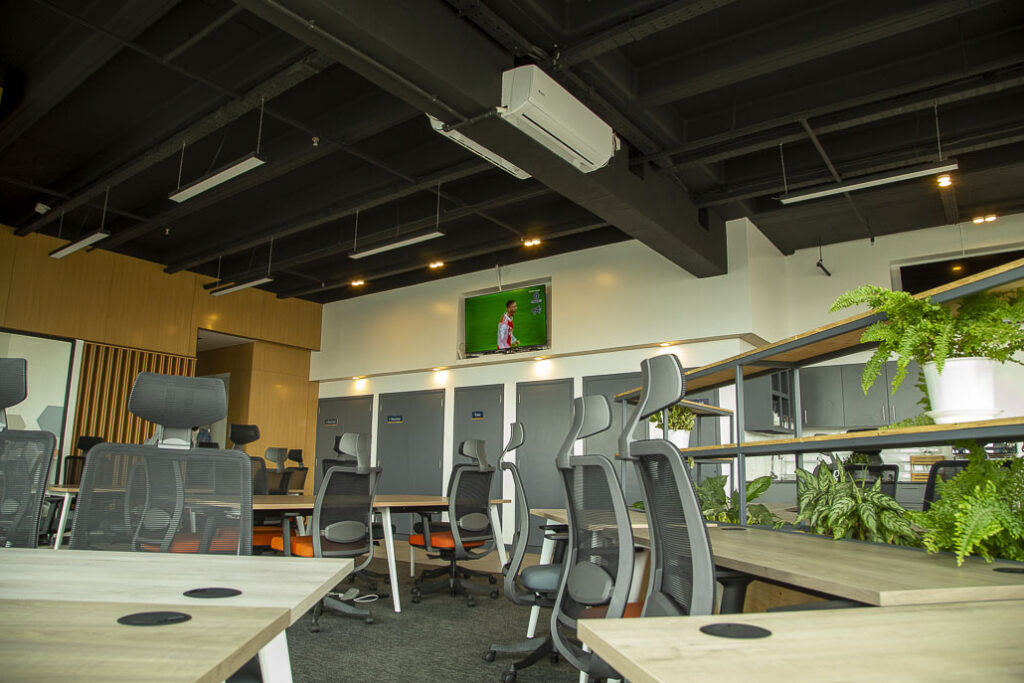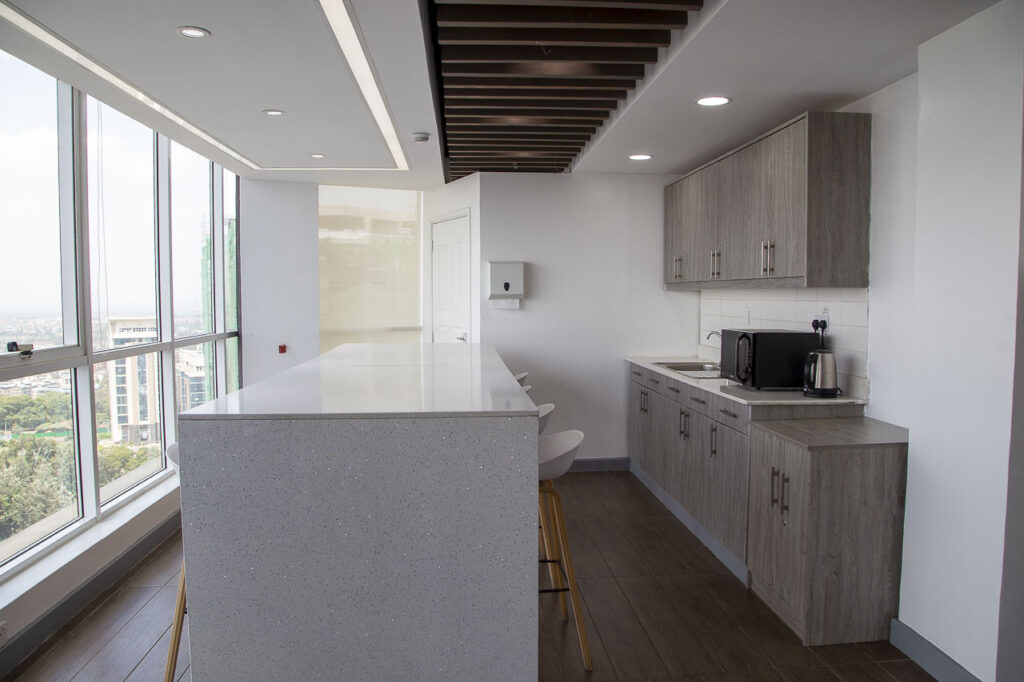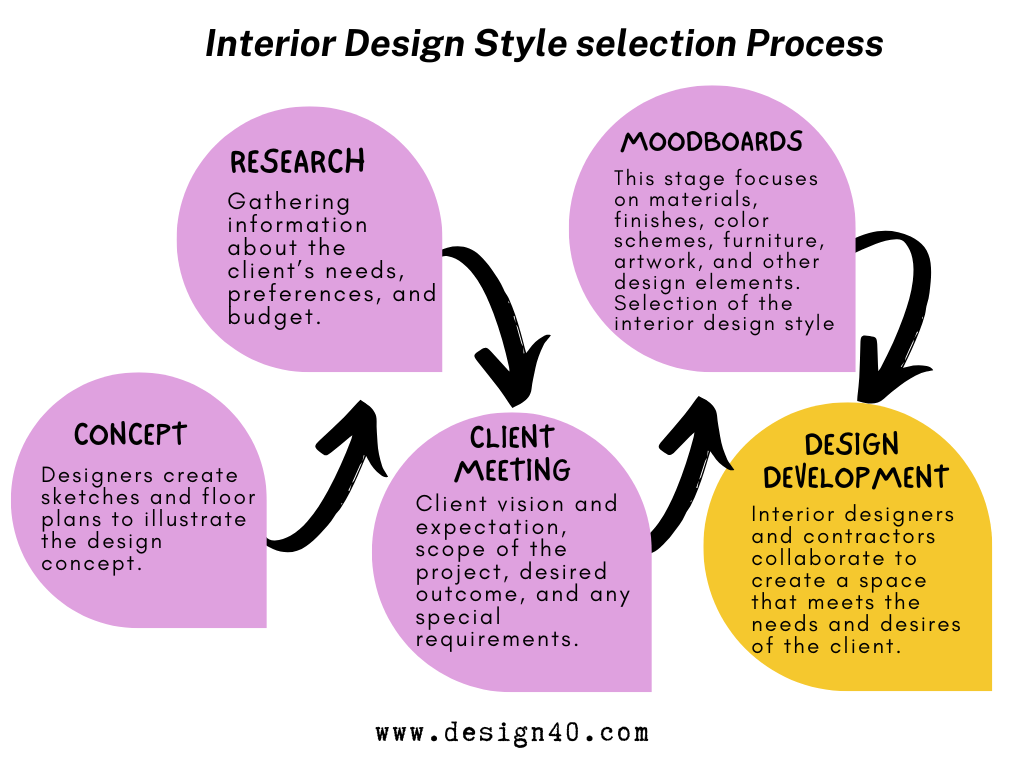INTERIOR DESIGN STYLES IN COMMERCIAL SPACES

Interior design style is the way in which an interior space is organized and put together in order to create an aesthetically pleasing and functional environment. Generally, interior design style is categorized by various design elements such as color, furniture, fabrics, textures, and lighting.
INTERIOR DESIGN STYLES IN COMMERCIAL SPACES
There are over 40 Interior Design styles in the industry. Here are some of the interior design styles our designers have managed to come across in the industry:
| Modern Interior Design Contemporary Art modern Mid-centaury Minimalist Scandinavian Shabby chic Electic Asia Art deco Art & crafts Baroque Japandi Organic Minimalist |
Southwestern Maximalism Grandmillennial Memphis Asian Vintage Cottage core Bauhaus Craftsman Modern Mediterranean Green Design Victorian Neo-industrial |
Victorian Naturalist Décor Rustic Traditional Transitional Wabi Sabi Swahili Retro Farm house Tropical Desert Hollywood |
Here are some of the most commonly used interior design styles by Design Forty in designing our commercial spaces.
1. Contemporary:
Contemporary interior design is a design style that combines modern and traditional elements. It is characterized by clean lines, neutral colors, minimalistic furniture, and an emphasis on function and texture. Contemporary designs often make use of natural materials such as wood, metal, stone, and glass. Geometric shapes, curved lines, and abstract art can also be used to add visual interest to the space. The overall feel of a contemporary interior should be clean, sophisticated, and comfortable.

2. Modern:
It includes the use of open floor plans with plenty of natural light, minimalistic furniture, and neutral colors. Other elements that are often seen in modern commercial spaces include glass walls and doors, metal and wood accents, and lots of clean lines and modern shapes. In addition, modern interior design often emphasizes natural materials like stone, wood, and leather for a more contemporary look.

3. Industrial:
Industrial interior design is a style of interior design that focuses on creating an industrial aesthetic through the use of materials such as exposed brick and concrete, metal, and distressed wood. Industrial design emphasizes the use of utilitarian objects, raw materials, and a muted color palette. It is typically used in commercial spaces such as restaurants, retail stores, and offices, but it can also be used in residential spaces.

4.Transitional:
Transitional interior design creates a balance between traditional and modern elements. It is a popular choice for commercial spaces, as it offers a timeless and sophisticated look. In commercial spaces, transitional interior design can be achieved by using neutral colors such as beige, gray, and white. Accents of color can be added with furniture, artwork, and accessories. Natural materials, such as wood and stone, can also be used to create a warm and inviting atmosphere. The use of clean lines and minimalistic design can help to create a modern look.

5. Minimalism:
Minimalism is an increasingly popular interior design style for commercial spaces that’s all about creating an uncluttered, clean look. It’s an aesthetic that’s based on the idea of keeping things simple and using fewer elements to make a statement. By focusing on the fundamentals, you can create a space that’s both functional and aesthetically pleasing. When it comes to minimalism in commercial spaces, the goal is to create a look that’s inviting and uncluttered. To achieve this, it’s important to use clean lines, neutral colors, and simple materials.

How to know what interior design style a commercial client wants.
The best way to know what interior design style a commercial client wants is to ask them directly.
Ask them to describe their ideal design style and then listen carefully to their answers. It’s also
important to learn more about the client’s business, such as their target audience, their values, and their goals. This can help inform the design decisions you make to ensure that the end result is something that the client is happy with.
Figure 1.1 shows a detailed process of choosing interior design styles for a client.

Figure 1.1
Summary:
Interior design styles in commercial spaces have a big impact on the overall look and feel of a business. Whether it’s a retail store, an office, or a restaurant, the interior design can set the tone for the customer experience. The right interior design style can make customers feel comfortable, welcomed, and inspired. It can also create an atmosphere that encourages productivity, collaboration, and creativity.
You must be logged in to post a comment.